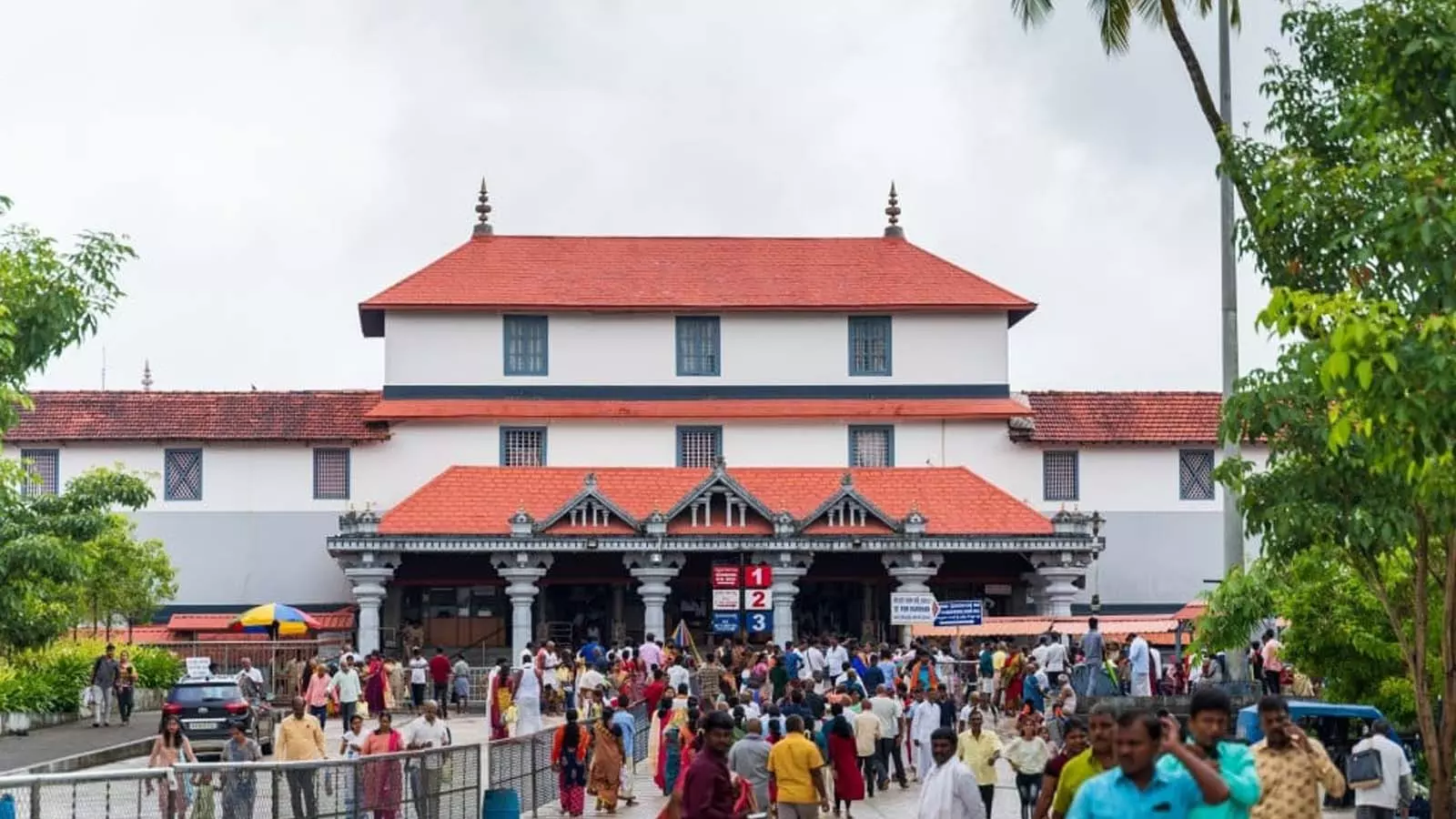
Dharmasthala case: Another skeleton found; what next?
A torn sari and new skeletal remains at Dharmasthala deepen suspicions of a mass grave cover-up. Could this be the breakthrough the decades-old case needed?

Fresh skeletal remains, a torn sari and renewed whispers of buried truths have brought the spotlight back to Karnataka’s Dharmasthala. On August 4, the Special Investigation Team (SIT) uncovered critical evidence — skeletal fragments and a woman’s sari—near the 11th excavation site close to Netravati river. This discovery, following an earlier find at the sixth site, has intensified the ongoing probe into allegations of a mass burial of women and minors dating back decades.
Earlier, on July 31, the SIT found 15 skeletal remains at the 6th excavation site. These included broken skulls, ATM cards and a PAN card. Investigators believe the remains may belong to male victims, deepening suspicions of a prolonged and systemic cover-up of heinous crimes in the temple town.
The case gained momentum after a 48-year-old whistleblower, a former sanitation worker, came forward in June, alleging that over 100 bodies were buried in Dharmasthala between 1995 and 2014. The recent finds provide the first concrete evidence supporting his claims.
Whistleblower’s shocking account
The sanitation worker claimed that most of the victims were women and minors, many showing signs of sexual assault and strangulation. He alleged coercion in burying these bodies across multiple unmarked sites. His testimony prompted the SIT to launch excavations across 13 identified locations—10 of which have been searched so far.
Also Read: The legal significance of skeletons found in Dharmasthala
The SIT, constituted on July 19, earlier found a PAN card and two ATM cards at the first site. These belonged to Siddha Lakshamma and her son Suresh, who reportedly died of jaundice in March 2025. Authorities believe Suresh might have lost these items during a prior visit to Dharmasthala, but questions linger about how they ended up in a suspected burial zone.
The latest discovery—a torn sari found near the 11th excavation site—has reignited hope among families seeking closure. This area, located on elevated forest terrain, was identified by the whistleblower himself, challenging panchayat claims that all burials were officially recorded.
Activists and families seek justice
Advocate and human rights activist S Balan told The Federal: “The mystery of missing people for many years in the past would finally find the link to Dharmasthala as the SIT investigation continues.”
He pointed out that several disappearances over 40 years had been dismissed without proper investigation or recovery of bodies, and that this probe could connect the dots going back to the 1980s.
Public anger has surged once again, reminiscent of the unresolved 2012 rape and murder of 17-year-old Sauchanya. Families like Sujata Bhatt’s, who suspect their missing loved ones could be among the victims, are now demanding accountability and answers.
A new witness, social activist Jayant, added further weight to the claims. On August 2, 2025, he stated that he saw the decomposed body of a teenage girl being buried in 2005. His statement has added urgency to calls for a thorough and transparent investigation.
Next steps in the probe
To overcome terrain and weather-related hurdles, the SIT is now employing ground-penetrating radar for more precise excavations. Despite wet soil and persistent rains, the team remains committed to uncovering the truth.
A source told The Federal that the whistleblower had led officials 100 metres away from a marked site—towards an elevated forest patch—and insisted on digging there. This contradicts official panchayat records and raises serious questions about local administrative complicity or negligence.
As the probe unfolds and forensic investigations continue, all eyes remain on whether the torn sari and skeletal remains will finally validate the whistleblower’s explosive allegations—and uncover the painful truth that’s been buried for decades.
The content above has been transcribed from video using a fine-tuned AI model. To ensure accuracy, quality, and editorial integrity, we employ a Human-In-The-Loop (HITL) process. While AI assists in creating the initial draft, our experienced editorial team carefully reviews, edits, and refines the content before publication. At The Federal, we combine the efficiency of AI with the expertise of human editors to deliver reliable and insightful journalism.

